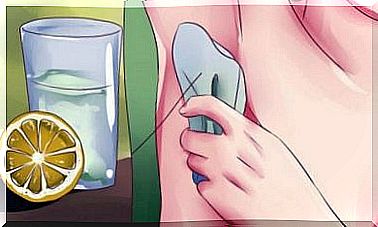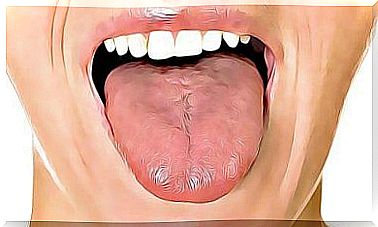Traumatic Brain Injury: What Is It?
The main causes of traumatic brain injuries are car accidents and falls.
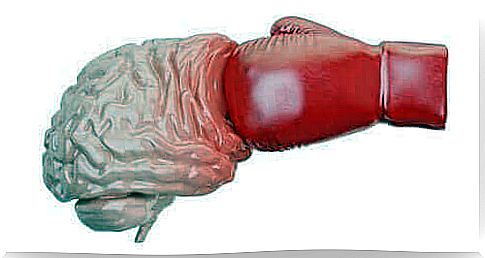
A head injury affects both the skull and the brain. This type of injury can cause brain function to be impaired without showing any external signs of damage.
A traumatic brain injury is usually caused by an external force , for example a hard blow or an object that pierces the skull and thus damages the brain tissue. The brain injury can also occur without external violence. For example, sudden or violent movements when accelerating or decelerating can cause the brain to crash internally against the skull wall.
Traumatic brain injuries are the third leading cause of death in industrialized countries. In fact, they are the leading cause of death or disability in adults under the age of 45 , mostly from car accidents, falls, or fights .
Young men are incidentally because of the frequent abuse of intoxicants, such as. B. alcohol or illegal drugs, most at risk. In this article we explain the causes and symptoms of traumatic brain injury.
Traumatic brain injury: what are the most common causes and symptoms?
The cause of a traumatic brain injury is usually an external force that leads to a dysfunction of the brain. These neurological disorders resulting from brain injury are most common in two populations :
- Young people : typically caused by car accidents or fights. Work or sports accidents can also lead to head injuries.
- 65 years and older : usually caused by falls.
Symptoms depend on the intensity of the impact and can appear immediately or after several days or even weeks.
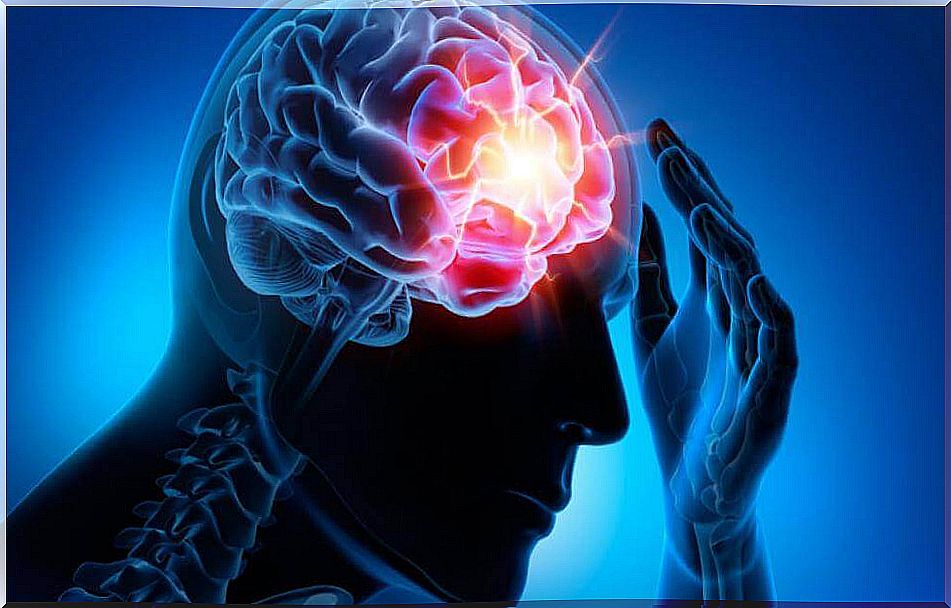
Read more about it: My baby hit his head! What to do?
Slight brain injury
After a light tap on the head even may experience no symptoms at. Mostly there is drowsiness, disorientation and amnesia. Likewise, the person may lose consciousness for a few seconds or even minutes. Headache, nausea or vomiting, and drowsiness are other common symptoms.
Other symptoms are:
- Difficulty sleeping or having an increased need for sleep
- Dizziness or loss of balance
- Blurred vision or ringing in the ears
Moderate to severe brain damage
In these cases, the symptoms mentioned above are usually even more severe. The loss of consciousness may last longer, the headache may become lingering and intense, and vomiting may recur. In addition, people with moderate to severe brain injuries may experience cramping or twitching, dilated pupils, and loss of coordination.
In this category, the feeling of disorientation is much more severe . It is also important to note that with this level of brain injury, the person could fall into a coma.
Traumatic brain injury: possible consequential injuries
A traumatic brain injury can cause a whole range of secondary injuries. Initially, there may be a superficial or open wound. It depends on whether the scalp has been injured or not.
Furthermore, there may be fractures of the skull. Even if none are present, a brain injury should not be ruled out for safety. When there is a fracture of the skull bone, there are usually visible signs such as bruising around the eyes or bleeding from the ears or nose.
It may also be bleeding in the brain come. These can occur in the brain or in the epidural or subdural space. Regardless, any type of cerebral hemorrhage can cause more serious neurological damage such as total or partial paralysis and speech disorders.
In other cases, traumatic brain injury can lead to diffuse axonal injuries, in which important neural nerve cells are damaged. The damage is usually lasting and therefore incurable.
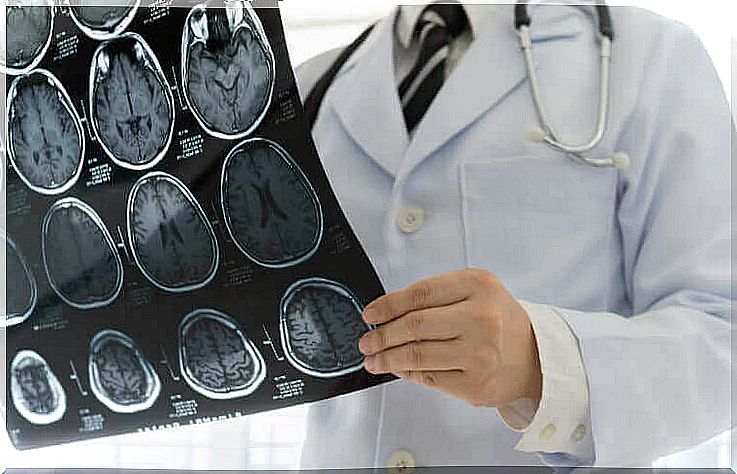
How do you treat a traumatic brain dream?
Of course, doctors will base treatment on how severe the injury is. If the injury is minor, the patient is usually advised to rest. You will be put under surveillance and given medication for the pain. In more severe cases, however, it is extremely important to monitor the patient’s arterial pressure and breathing.
These cases should be treated in the hospital. There, doctors can take an x-ray or computed tomography scan to identify possible bleeding and injury to the brain. In addition, medication is usually given to lower intracranial pressure and reduce the risk of a seizure.
In some cases, surgery may be needed to remove bruises, stop bleeding, or repair skull fractures.
Conclusion
Traumatic brain injury is serious and potentially life-threatening. Hence, it is important to take the correct precautions to protect yourself from traumatic brain injury. One way to do this is never to drive while under the influence of drugs or alcohol. It is equally important that you always wear a helmet when cycling or motorcycling.
Also, make sure that you always put your seat belt on correctly.
Finally, you should see a doctor for any type of head injury. Doctors can do the necessary tests to assess the degree of injury and avoid possible worse or long-lasting complications.


